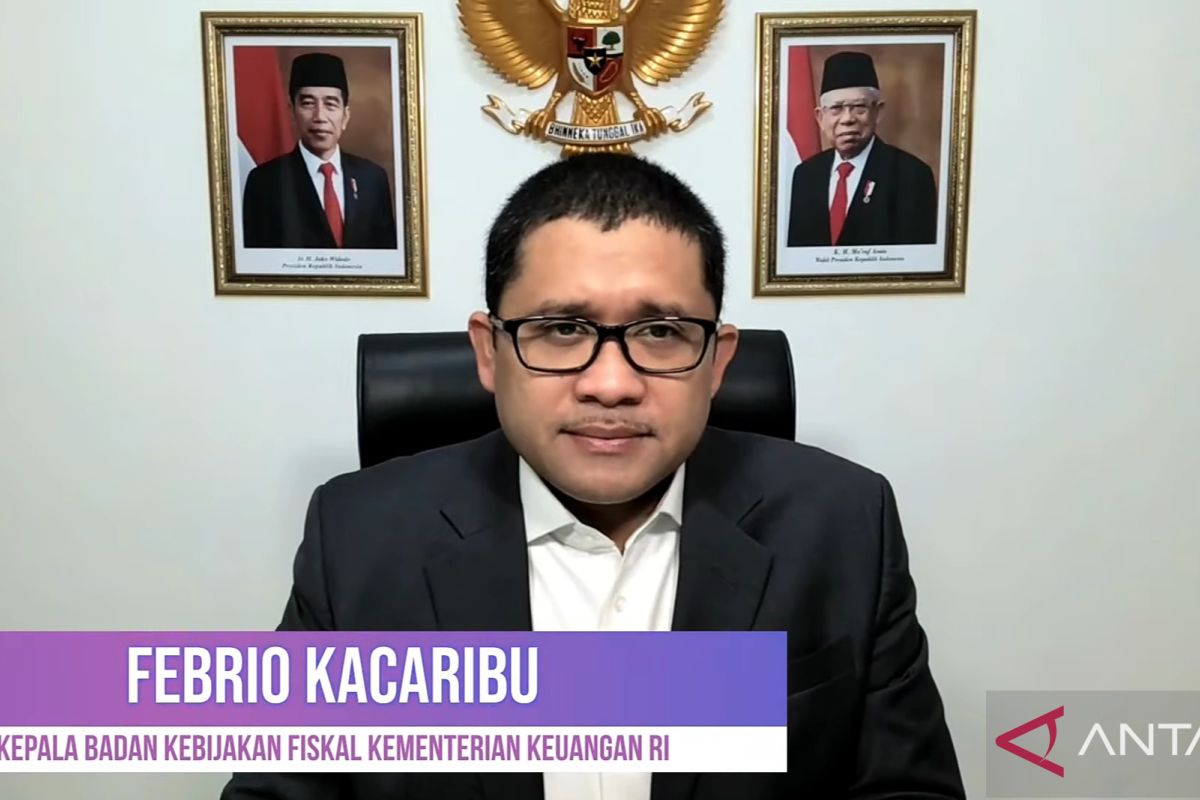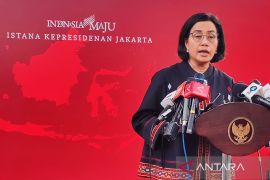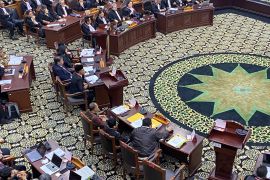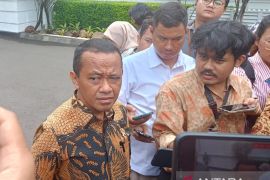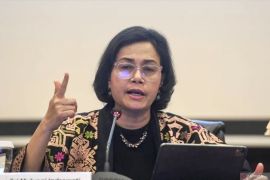Seeing the deep contraction of the economy in 2020, the government provided greater tax incentives in 2021 to encourage recovery. This incentive policy was carried out in a more targeted and measurable way to respond to dynamic pandemic conditions anJakarta (ANTARA) - The Ministry of Finance has published its Tax Expenditure Report for 2021, which lists various tax incentives provided by the government to support economic performance. According to head of the Ministry of Finance's Fiscal Policy Agency (BKF), Febrio Kacaribu, tax incentives played an effective role in accelerating economic recovery in 2021, with the economy growing 1.6 percent more compared to before the pandemic.
"Seeing the deep contraction of the economy in 2020, the government provided greater tax incentives in 2021 to encourage recovery. This incentive policy was carried out in a more targeted and measurable way to respond to dynamic pandemic conditions and support efforts to accelerate economic transformation," Kacaribu said in an official statement released here on Monday.
Tax spending in 2021 reached Rp299.1 trillion, accounting for 1.76 percent of the gross domestic product (GDP) and reflecting an increase of 23.8 percent compared to 2020, when the figure stood at Rp241.6 trillion or 1.56 percent of the GDP.
Related news: Indonesian economy to grow 4.9--5.2% in 2023, BRIN predicts
Based on the type of tax, the largest tax spending in 2021 was on value added tax (VAT) incentives and sales tax on luxury goods (PPnBM), which reached Rp175.0 trillion, accounting for 58.5 percent of the total estimated tax spending.
The figure showed an increase of 24.2 percent compared to the proportion of VAT and PPnBM incentives in tax spending in 2020, in line with the use of incentives for mitigating the impact of the COVID-19 pandemic and increasing the recovery of national economic activity.
Based on utilization, an estimated Rp229.0 trillion or 76.5 percent of the total tax spending was aimed at improving people's welfare and developing micro, small, and medium enterprises (MSMEs).
Most of these tax expenditures were in the form of exemptions on taxable goods and services, such as basic necessities, public transportation services, as well as education and health services, which were aimed at maintaining people's purchasing power. Furthermore, there were VAT facilities that were not collected for small entrepreneurs and income tax (PPh) facilities for MSMEs.
"In addition to maintaining good governance, the government continuously monitored and evaluated a tax facility," he added.
Related news: Hartarto lists priority sectors for environmental fund disbursement
This year's report also contains the results of an evaluation of several policies, namely the policy to reduce income tax rates for publicly listed companies, customs facilities in the context of handling the COVID-19 pandemic, and the economic contribution of utilizing Bonded Zone facilities.
The evaluation is expected to serve as preliminary information for the government and encourage discussion among the public on joint supervision of the utilization of tax incentives in Indonesia.
"The Tax Expenditure Report is a very important part of the state budget (APBN) because it records all instruments that are not listed in the expenditure component. This report is a form of accountability for calculating tax incentive policies and will continue to be perfected," Kacaribu said.
Related news: Geoparks as sustainable approach to promoting economic recovery
Related news: Plan to lift PPKM will have positive economic impact: BI
Translator: Sanya D, Azis Kurmala
Editor: Fardah Assegaf
Copyright © ANTARA 2022
